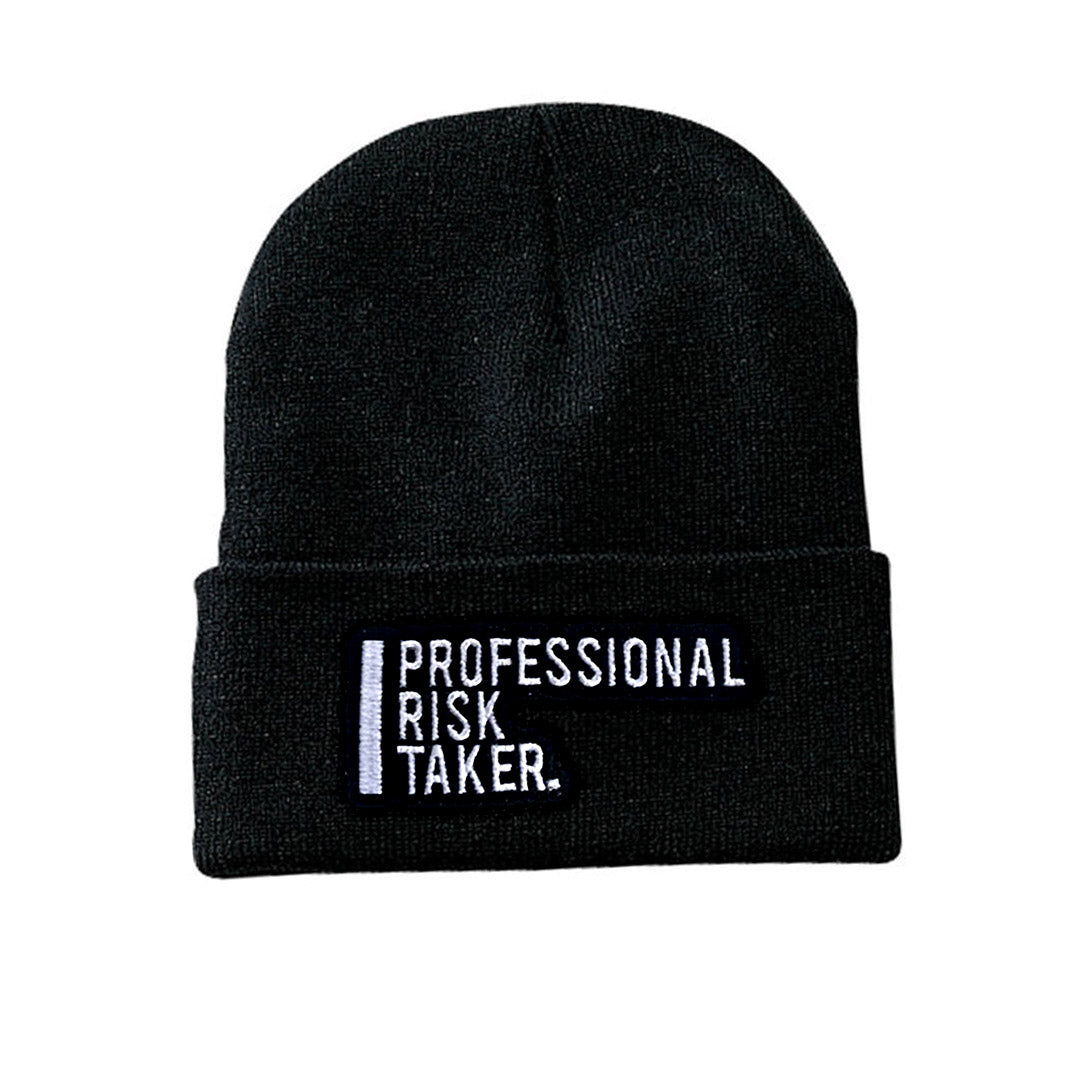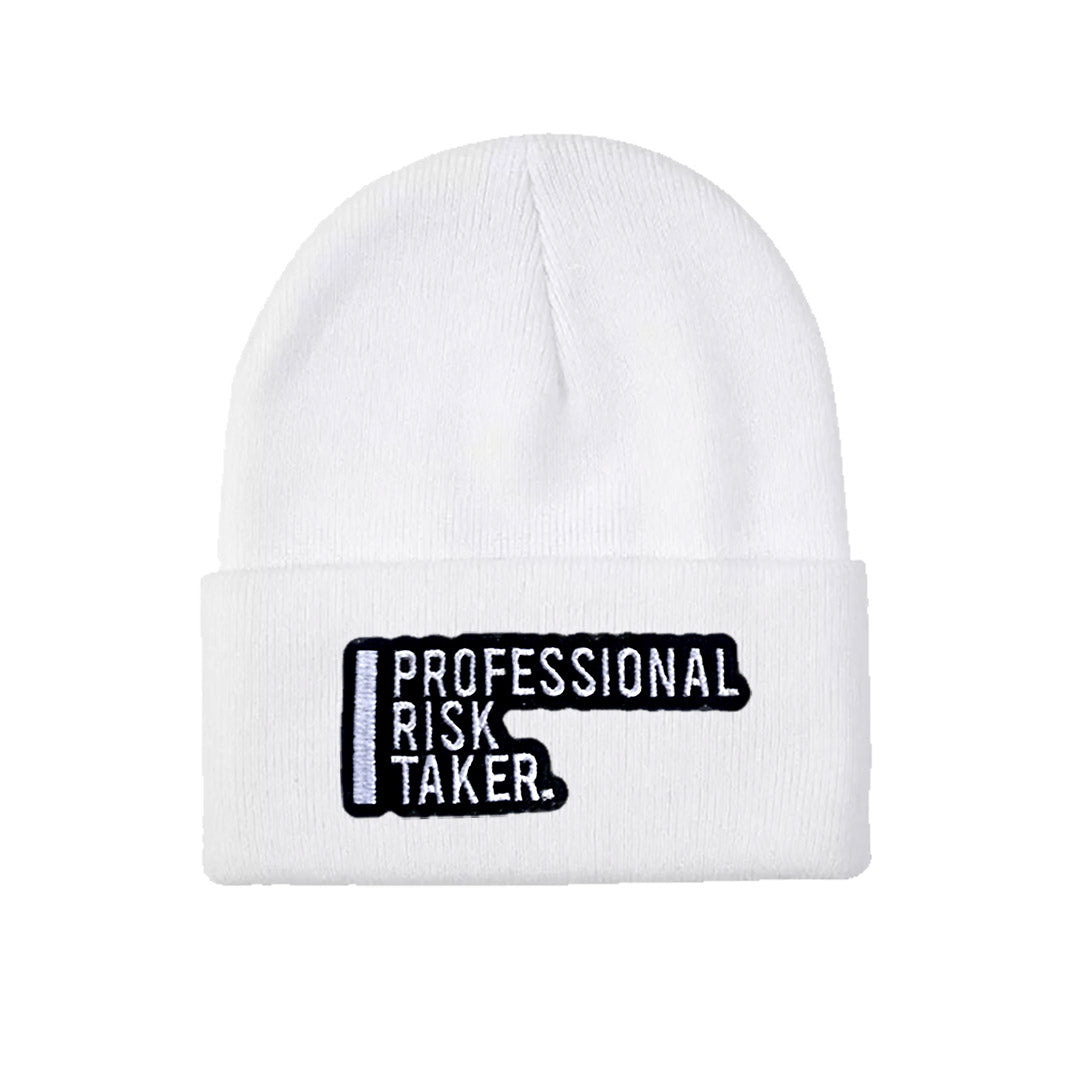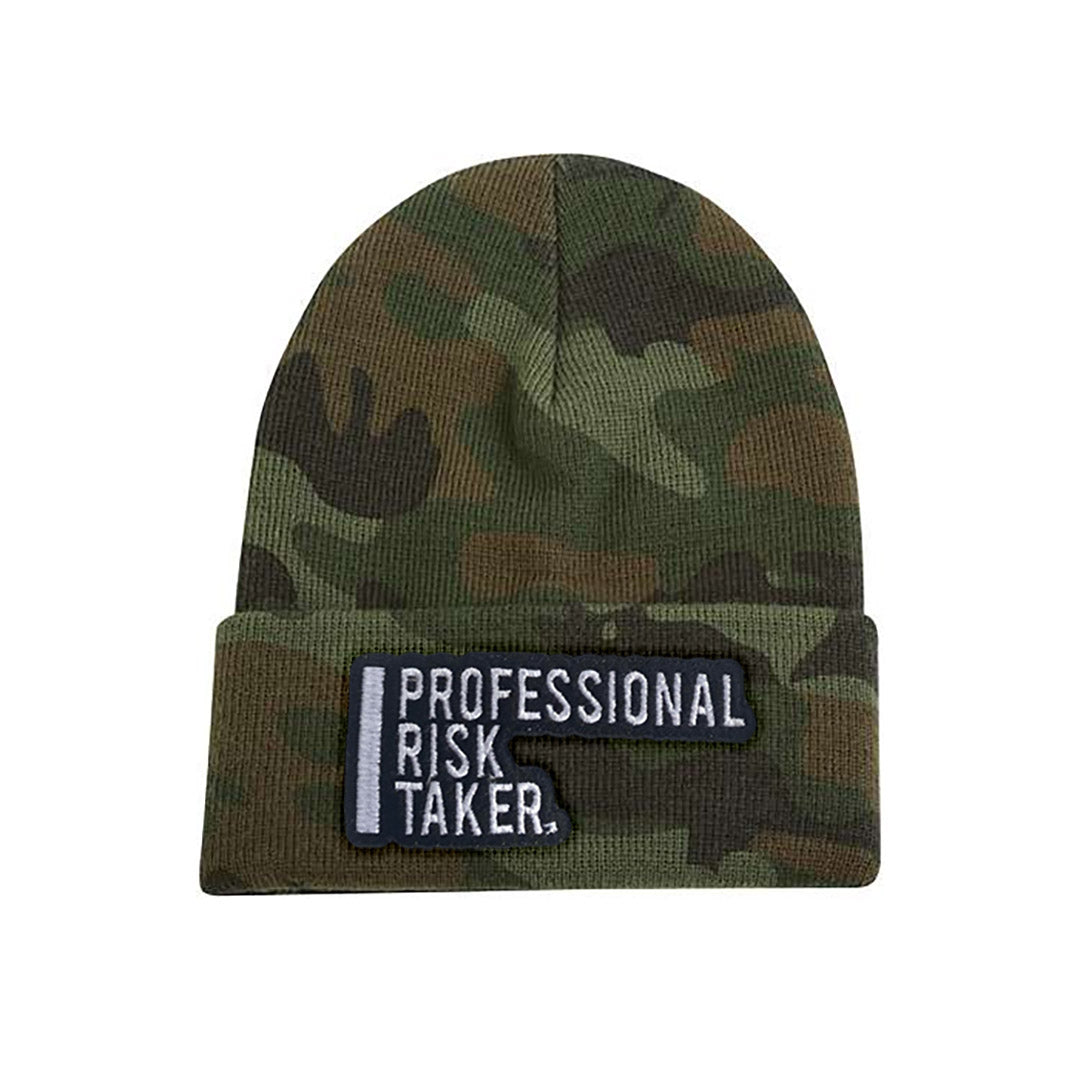Mastering Culinary Excellence: The Professional In A Toque
Table of Contents
- The Essence of a Professional in a Toque
- The Culinary Journey: Education and Training
- The Kitchen as a Project: Challenges and Management
- Strategic Prioritization in the Culinary World
- Applying Moscow Prioritization in the Professional Kitchen
- Benefits of Strategic Prioritization for Culinary Professionals
- Cultivating Professionalism: Continuous Growth and Impact
- The Enduring Legacy of the Professional in a Toque
The Essence of a Professional in a Toque
When we speak of a "professional in a toque," we are referring to more than just someone who cooks for a living. The term "professional" itself carries significant weight. As defined, "the meaning of professional is of, relating to, or characteristic of a profession." This implies a structured body of knowledge, a set of ethical standards, and a commitment to continuous improvement. For a chef, this translates into a deep understanding of culinary techniques, food science, hygiene, and kitchen management, all pursued as a means of livelihood or for gain. It's about embodying qualities that extend far beyond simply following a recipe; it's about leadership, innovation, and unwavering dedication to the craft.What Defines a Culinary Professional?
A professional is a member of a profession or any person who works in a specified professional activity. In the culinary arts, this means someone who has dedicated themselves to mastering the intricacies of food preparation, presentation, and kitchen operations. They are not merely hobbyists; they are individuals whose careers are built upon specialized training and education. Think of the precision of a pastry chef, the speed of a line cook during a busy service, or the creative vision of an executive chef – these roles demand specific skills honed over years. The term also describes the standards of education and training that prepare an individual for this demanding field. His professional career started at Liverpool University for many, or perhaps a renowned culinary institute, laying the groundwork for a lifetime of learning and growth.Beyond the Recipe: Skills and Dedication
Relating to work that needs special training or education, a professional in a toque possesses a diverse skill set. This includes not only technical cooking proficiency but also critical thinking, problem-solving, and the ability to work under immense pressure. They must be adept at managing inventory, controlling costs, and leading a team. Having the qualities that you would expect from someone engaged in one of the learned professions, as law or medicine, a chef's work requires intellectual rigor and constant adaptation. They are lifelong learners, always exploring new ingredients, techniques, and culinary trends. This dedication ensures that their craft remains dynamic and their offerings consistently exceptional, setting them apart from the amateur.The Culinary Journey: Education and Training
The path to becoming a professional in a toque is often rigorous, demanding years of dedication and continuous learning. While some chefs begin their journey through apprenticeships, many now pursue formal education at culinary schools and institutes. These programs provide foundational knowledge in classic and modern cooking techniques, food safety, nutrition, and kitchen management. Just like other professionals, including doctors and lawyers, who are also paid for their specialized knowledge, chefs invest heavily in their education to build a robust skill set. This formal training is crucial for understanding the science behind cooking, the intricacies of different cuisines, and the operational demands of a commercial kitchen. It's here that aspiring professionals learn to "master the word professional" in the context of the culinary world, understanding its definitions, translations, and practical applications. Beyond formal education, the journey involves hands-on experience in various kitchen environments, from fine dining establishments to bustling bistros, allowing them to refine their skills and develop their unique culinary voice.The Kitchen as a Project: Challenges and Management
A professional kitchen, at its core, functions as a dynamic project environment. Every service, every menu change, every catered event is a project with specific objectives, timelines, and resources. Chefs, particularly those in leadership roles, are de facto project managers, constantly juggling multiple tasks, managing teams, and ensuring the smooth execution of culinary operations. The challenges are immense: fluctuating ingredient costs, staff turnover, unexpected equipment failures, and the relentless pressure of customer expectations. Without a structured approach to managing these complexities, even the most talented chef can become overwhelmed. This is where strategic planning and prioritization become paramount. Just as contractors with 25 years of roofing and gutter experience perform your job when you work with professional roofing & construction inc, a professional in a toque relies on experience and systematic methods to deliver consistent quality and overcome operational hurdles. Their goal is to satisfy all of their customers, whether it's a diner or a client for a large event, and this requires meticulous planning and execution.Strategic Prioritization in the Culinary World
In the fast-paced and high-pressure environment of a professional kitchen, effective prioritization is not just a useful skill; it's a necessity for survival and success. There's a simple yet powerful technique that can help you achieve laser focus and make smarter decisions, especially when faced with a multitude of tasks and limited resources. This technique is known as Moscow prioritization, also known as the Moscow method or Moscow analysis. It is a popular prioritization technique for managing requirements, whether those are for a new menu, a large catering event, or daily kitchen operations. The Moscow method is a technique that helps organizations prioritize what should be done first in a project, ensuring that the most critical tasks are addressed with the appropriate urgency.Understanding the Moscow Method: A Chef's Secret Weapon
What is the Moscow prioritization? It's a straightforward and adaptable approach that helps manage stakeholder expectations and improve project outcomes. The acronym Moscow represents four distinct categories that tasks or requirements can fall into. It is done in four steps that follow the acronym Moscow, which stands for: * **M - Must Have:** These are the non-negotiable requirements, essential for the project's success. Without these, the project cannot be considered viable or complete. * **S - Should Have:** Important requirements that are not critical for immediate success but add significant value. The project is still functional without them, but they are highly desired. * **C - Could Have:** Desirable requirements that would be nice to have if time and resources permit. They are less critical than "Should Haves." * **W - Won't Have (or Would like to have but won't have this time):** These are requirements that are either out of scope for the current phase or deemed unnecessary. The Moscow method helps to prioritize requirements based on their importance and urgency, and allows project managers – or in this case, professional chefs – to allocate resources and budget accordingly. In this article, we will delve deeper into how this method can be a game-changer for a professional in a toque. Learn how to effectively prioritize project requirements using the Moscow method to streamline kitchen operations and enhance culinary projects.Applying Moscow Prioritization in the Professional Kitchen
To use the Moscow method effectively, you need to follow these steps: Define the scope and objectives of your project. What are you trying to achieve? The Moscow method can help. Here’s how to use it effectively in a culinary context. Imagine a chef planning a new restaurant opening or revamping an existing menu. The Moscow method offers a simple way to prioritize by dividing tasks into four distinct categories. For a new restaurant opening: * **Must Have:** Health and safety permits, functional kitchen equipment (ovens, refrigeration), basic pantry staples, a core menu that can be executed consistently, trained essential staff (head chef, sous chef, front-of-house manager). Without these, the restaurant cannot open. * **Should Have:** A signature dish that draws customers, an online reservation system, a well-designed website, a comprehensive staff training program for all roles, a robust marketing plan for the first month. These significantly enhance the opening but aren't strictly mandatory for day one. * **Could Have:** Custom-designed tableware, an elaborate wine cellar, a loyalty program for early customers, a unique art installation in the dining room. These are nice additions if the budget and time allow after all "Must Haves" and "Should Haves" are secured. * **Won't Have:** A Michelin star on opening day (unrealistic), a fully automated ordering system (too complex for initial launch), or a celebrity endorsement without prior planning. These are either unachievable in the current scope or simply not a priority.From Menu Development to Event Planning: Real-World Scenarios
The Moscow prioritization method can be used to prioritize both the product backlog (e.g., new menu items, long-term kitchen improvements) and the sprint backlog (e.g., daily prep lists, specific event tasks). This tells engineers what they need to deliver first and gives them an idea of what’s coming next. For a professional in a toque, this translates to: * **Menu Development:** * *Must Have:* Dishes that utilize existing inventory, meet dietary restrictions, and are cost-effective. * *Should Have:* Seasonal specials that highlight fresh produce, dishes that challenge staff skills. * *Could Have:* Experimental tasting menus, collaboration dishes with guest chefs. * *Won't Have:* Dishes requiring extremely rare ingredients or highly specialized equipment not currently available. * **Catering an Event:** * *Must Have:* All agreed-upon dishes prepared on time, food safety standards met, sufficient portions for all guests. * *Should Have:* Elegant presentation, seamless service flow, on-site chef presence for last-minute adjustments. * *Could Have:* Custom-printed menus, a unique dessert station, a special drink pairing. * *Won't Have:* Catering for additional last-minute guests without prior notice, or a complete change of menu on the day of the event. By applying this structured approach, a professional in a toque can clearly define priorities, communicate expectations to their team, and allocate resources (time, staff, ingredients) more effectively, leading to smoother operations and superior culinary outcomes.Benefits of Strategic Prioritization for Culinary Professionals
The adoption of a systematic prioritization method like Moscow offers numerous advantages for a professional in a toque. Firstly, it significantly helps to manage stakeholder expectations. Whether those stakeholders are restaurant owners, investors, or discerning diners, a clear understanding of what "must," "should," and "could" be delivered sets realistic goals and fosters trust. This transparency can prevent misunderstandings and lead to greater satisfaction for all parties involved. Secondly, and perhaps most crucially in a business context, it allows project managers to allocate resources and budget accordingly. In the culinary world, resources are often finite and expensive – fresh ingredients, skilled labor, and specialized equipment all come at a cost. By identifying "must-have" tasks and requirements, a chef can ensure that critical funds and efforts are directed where they will have the most impact, minimizing waste and maximizing efficiency. This directly contributes to the financial health and sustainability of the culinary enterprise. Furthermore, strategic prioritization improves project outcomes. By focusing on the most important tasks first, a professional in a toque ensures that core objectives are met consistently and reliably. This leads to higher quality food, more efficient service, and ultimately, a stronger reputation. It reduces stress, enhances team collaboration, and empowers the kitchen staff by providing clear direction. The Moscow method provides a framework for making informed decisions, even under pressure, transforming potential chaos into structured progress.Cultivating Professionalism: Continuous Growth and Impact
The journey of a professional in a toque is one of perpetual learning and adaptation. The culinary landscape is constantly evolving, with new techniques, ingredients, and dietary trends emerging regularly. True professionalism in this field means embracing this evolution, staying curious, and committing to continuous personal and professional development. This includes attending workshops, reading industry publications, experimenting with new recipes, and even learning about business strategies like the Moscow method. The impact of a highly professional chef extends far beyond the plate. They inspire their teams, mentor aspiring cooks, and contribute to the vibrant culture of their communities. Their dedication to quality and efficiency, underpinned by strategic thinking, elevates the entire dining experience and sets benchmarks for excellence. By consistently delivering exceptional food and service, they build loyal customer bases and contribute to the economic vitality of the hospitality sector. Quillbot’s impact, by the numbers, might show how much content can be processed, but the impact of a professional chef is measured in unforgettable flavors, cherished memories, and thriving businesses.The Enduring Legacy of the Professional in a Toque
The professional in a toque stands as a testament to the power of passion combined with rigorous discipline. They are artists, scientists, and meticulous managers all rolled into one. Their commitment to their craft, their continuous pursuit of knowledge, and their ability to strategically navigate complex challenges define their success. By embracing structured methodologies like the Moscow prioritization method, they transform the inherent chaos of the kitchen into a symphony of efficiency and culinary brilliance. This strategic foresight allows them to not only create exquisite dishes but also to build sustainable, thriving culinary enterprises. The toque, therefore, is not just a hat; it's a crown of dedication, expertise, and unwavering professionalism. In a world that increasingly values both artistry and efficiency, the professional in a toque serves as an inspiring example. Their journey reminds us that true mastery in any field requires not only talent but also the strategic tools and mindset to turn vision into reality. If you found this exploration into the world of culinary professionalism and strategic kitchen management insightful, we encourage you to share your thoughts in the comments below. Have you ever applied prioritization techniques in your own professional life? What challenges do you think a professional in a toque faces most often? Explore more articles on our site for further insights into professional development and industry best practices.- Bella S Hacienda Photos
- Eyecare Associates Hoover
- Andy Great British Bake Off
- Xp Nutter
- Blackwhiplash Pokemon

Professional Risk Taker Toque – Believe the Hype (Online Store)

Professional Risk Taker Toque – Believe the Hype (Online Store)

Professional Risk Taker Toque – Believe the Hype (Online Store)